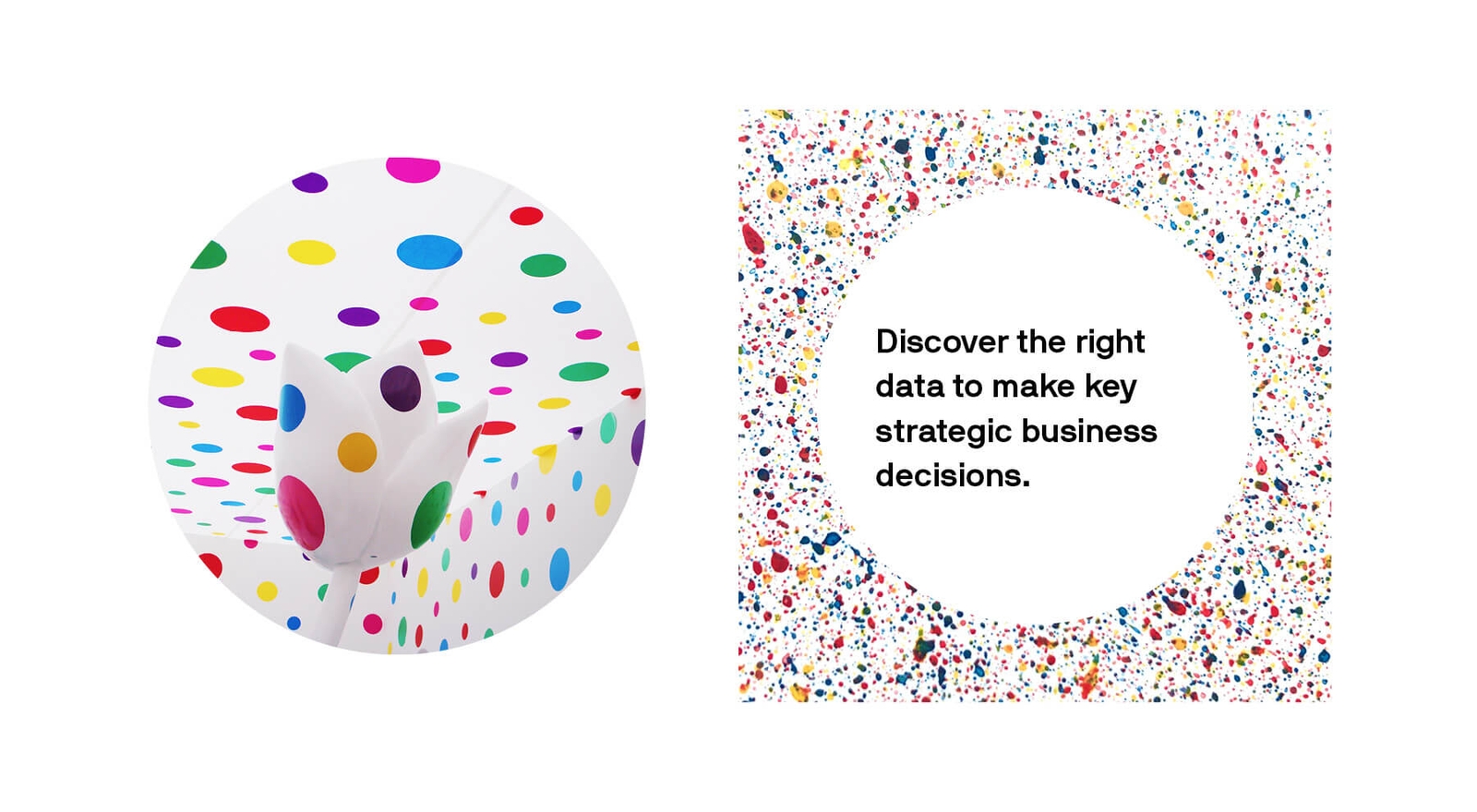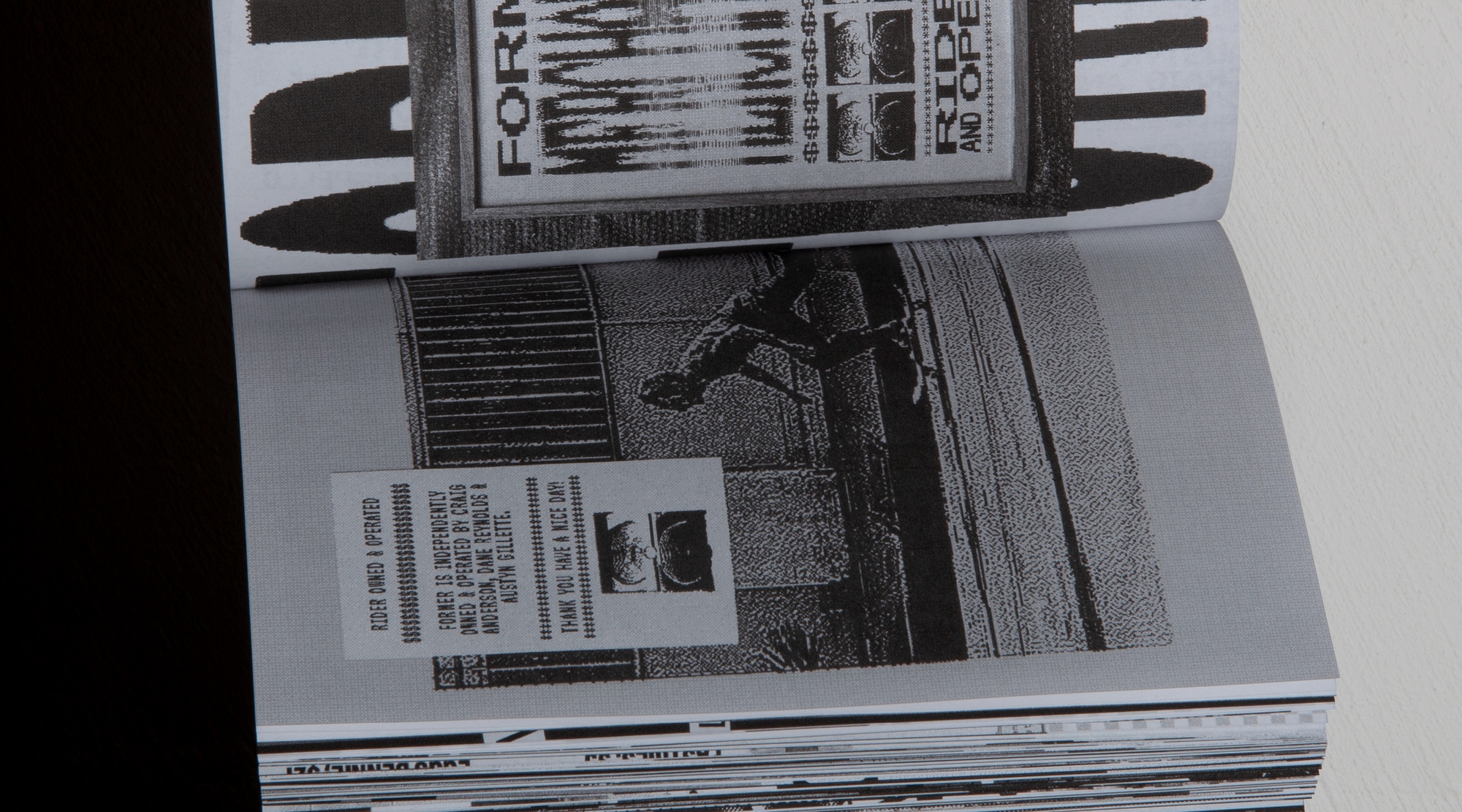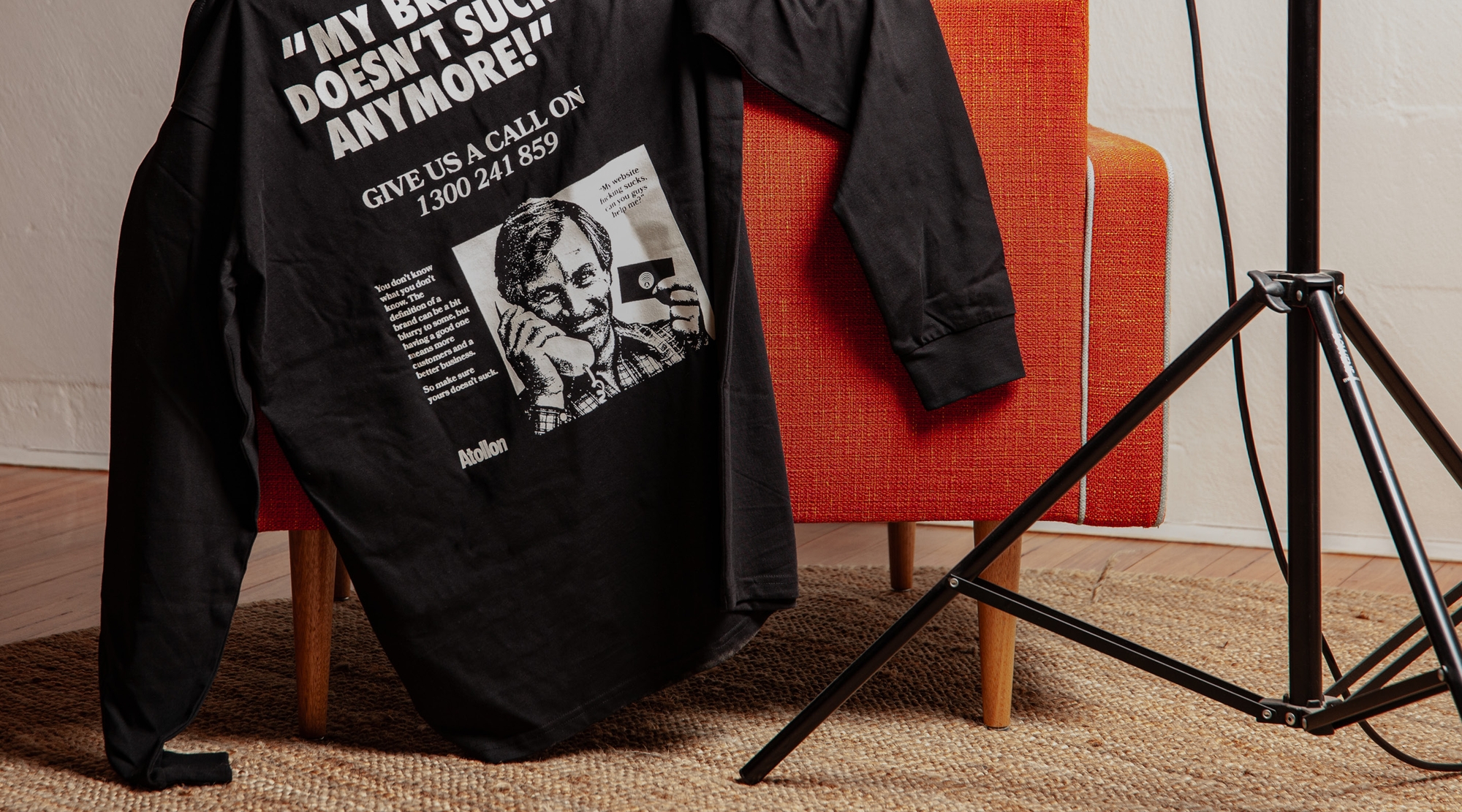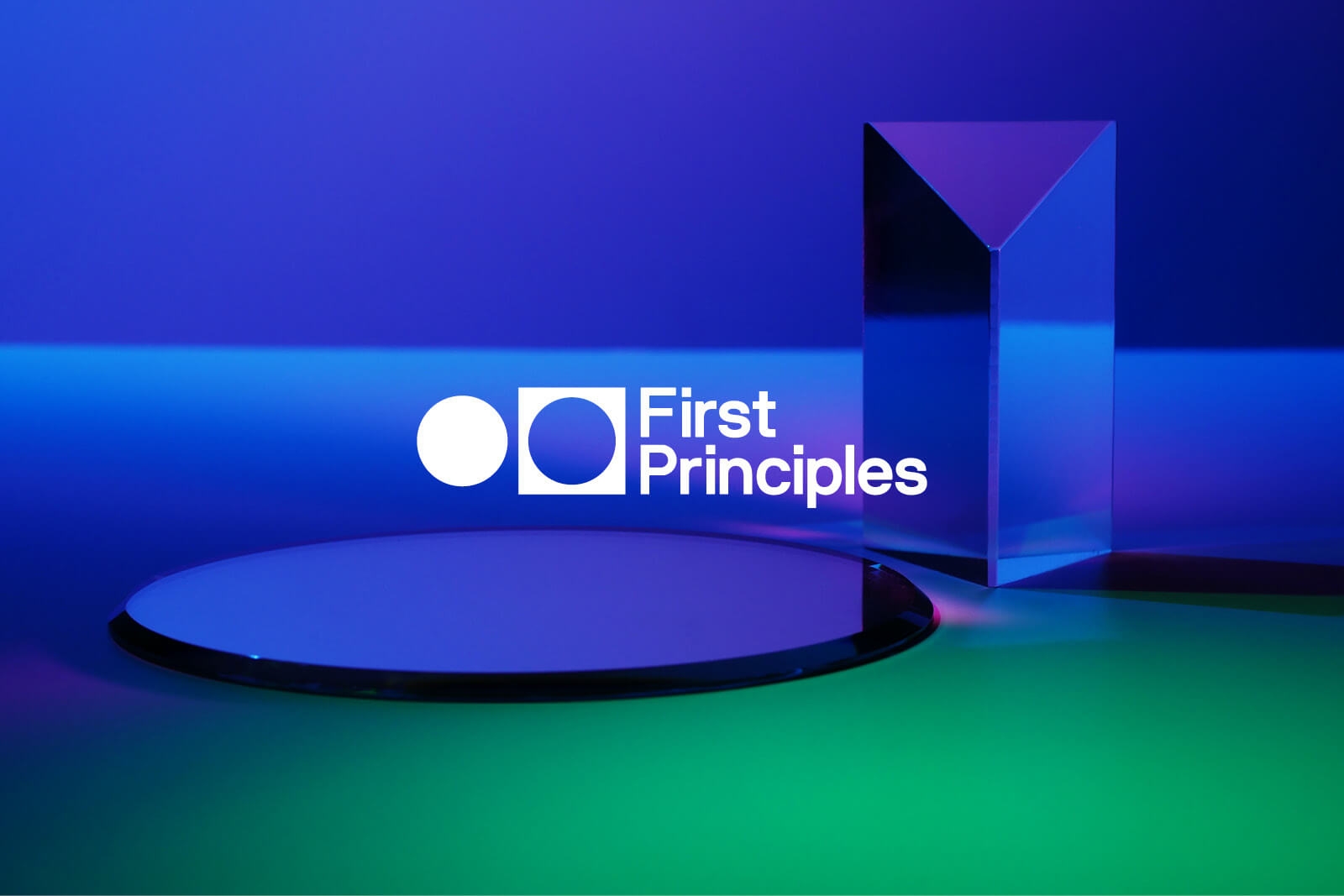The importance of experimentation
Author
Tim Meyer
Giving it a burl… Trial and error… Having a crack… None of these are quite like the power of Strategic Data-Driven Experimentation.
We caught up with the experimentation guru – Gavin Bryant from First Principles to find out more. Gavin knows a thing or two about giving it a next level burl before the real thing hits the market. And, with great success for some of Australia’s leading and award-winning companies.
1
I am an Innovation professional. I’ve been working at the coalface of innovation in organisations for the past 15 years. My key focus areas have been new product development – developing and commercialising new growth opportunities. I’ve also implemented organisational cultural transformation – implementing new ways of working and developing organisational capability in the methods and mindsets of innovation and entrepreneurship.
Outside of work, I’m a father, with a six-year-old daughter. I’m a three-time world champion at homeschooling. Keeping active is important to me. I enjoy surfing, cycling and mountain biking. Over the years I’ve travelled to quite a few exotic locations to surf, so, am definitely missing being able to do that. I also like music and have got an extensive collection of vinyl records that I enjoy playing on an old set of Technics turntables.
2
I started First Principles because I saw a need for Australian businesses to think differently about how they approach new product development and business decision-making. In travelling to the US and meeting with some of the world’s leading high-growth, tech startups, it’s clear that the product development processes of these companies are strongly underpinned by experimentation. In Australia, very few companies know about or use experimentation.
First Principles uses the principles of experimentation to test early-stage growth and market expansion opportunities to decrease business risk and reduce waste (time, capital, resource). Our approach establishes what is truly faster, building a foundational understanding about what customers value from the ground up in the beginning. First Principles helps business leaders connect the dots between strategy, risk and business investment. This enables businesses to separate the signal from the noise.
3
Each experiment represents a unique learning event with a customer. It’s an opportunity to learn something new from customers, something that you previously didn’t know. Experiments are designed to test the underlying product and market assumptions. If assumptions (Pricing, Segments etc.) are left untested prior to the launch of a new product they present a significant business risk.
Experimentation is a little bit like having a crystal ball. You already have very strong indicators of customer demand for the product prior to scaled execution. This allows businesses to make high-quality decisions and better innovation investments. To summarise the key benefits of experimentation:
- Save budget – not spending millions on products that underperform in-market
- Reduce risk – products are developed iteratively with customers and tested prior to launch
- Satisfaction – key customer satisfaction metrics are significantly higher
- More ideas – experimentation allows businesses to explore more opportunities
At a macro level, experimentation allows a business to learn faster, make decisions faster, ultimately resulting in a competitive advantage.


4
Workshops are a great on-ramp to get a foundational, theoretical understanding of the core principles of customer experimentation. In Australia, experimentation is very much a new and emerging skillset. We’re still at the start of the journey in creating a groundswell in corporate Australia to use experimentation to solve business problems.
For our clients, particularly those who are new to experimentation, we always recommend leading an engagement with a two-day experimentation workshop. It’s a great way to commence building organisational capability around the methods, tools and mindsets of experimentation.
It’s important to note that a workshop isn’t a replacement for practical experience and time on the tools. We’d then look to immediately follow the workshop with a four-week experimentation sprint to test a portfolio of high-value business ideas. It’s not until you try to run that very first experiment in a business that you understand what the blockers and constraints may be to scale experimentation.
5
Firstly, I read a lot. My personal rule is that I always ensure that I read between 1-2 hours every day. In the short-term, this doesn’t amount to much but, long-term, knowledge just compounds over time.
I purposefully keep my reading topics broad and diverse to ensure that I’m exploring different interest areas. I’ll regularly read books on History, Physics, Biographies, Behavioural Science, Politics, Business, Philosophy etc. I’m not just reading exclusively on technology and innovation.
Being a good innovator and product developer is about being able to link different industries, technologies, geographies and emerging trends to formulate new and original solutions. Having a really broad knowledge base certainly assists this process. Secondly, in my day-to-day life I’m always conscious of how I’m interacting with products, services and customer experiences. Where I’m finding an interaction difficult, painful, there’s a lot of friction or I’ve implemented my own workaround, there’s likely an opportunity for innovation.
6
Customer experimentation is definitely more science than art. The experimentation process is based on the scientific method. It is a highly disciplined, iterative learning approach whereby thinking oscillates back and forth from inductive reasoning (theory, guess) to deductive reasoning (data, facts, observations) to test business hypotheses. In the same way that the scientific method enabled acceleration of many important discoveries in the world, a business can also solve complex problems faster using this approach.
Where the art is evident, is when it comes time to review the results and insights from experiments. We each bring our own beliefs, assumptions, experiences and opinions to the decision-making table. It’s always really important to reserve our own individual judgements and opinions as they can cloud interpretation of the true meaning of experiment results. This can be tricky. It can be easy to read meaning into the data that isn’t there, or, create an alternate narrative to support an idea continuing to progress.


7
Can the First Principles method be used in other aspects of business?
There are two types of questions in business, those that you already know the answer, and those that you don��’t know the answer. For the questions that you already know the answer (system upgrades, continuous improvement, regulatory, compliance) you should work to understand cost-benefit and risk, prepare a business case, and get moving. You’re not asking, “should we do it”, you just need to do it. Customer experimentation is not as beneficial in these types of scenarios.
For business questions where you don’t know the answer, customer experimentation is a powerful way to help businesses make better quality decisions and investments. These types of scenarios commonly include new product development, incremental product launches, customer loyalty and retention programs, churn reduction or customer acquisition. These are the “should we do it” and “how do we do it” types of questions.
“Business strategies are just a guess about the future, so should be tested thoroughly through experimentation.”
8
Are customers predictable?
Ha Ha Ha! This is a super complex topic; one that we could talk ad nauseum for hours on end. Customers are predictably irrational. We all see the world very differently. It’s impossible to predict human behaviour with any level of certainty or accuracy. We each bring our own inherent biases, experiences and opinions to the table, influencing our behaviours and decisions.
Why do we promise ourselves that we’re going to go on a diet and eat healthy, only to order dessert? Or, why do we find ourselves impulsively buying things we don’t need? Don’t know! One thing that we do know for certain with customers is that there’s a behaviour-intention gap at play.
What customers say and do are two very different things. This is why customers make bad product designers, because they actually don’t know what they want. It’s my job as an innovator and entrepreneur to understand the underlying customer problems and needs and generate new and original solutions to solve for the customer pain or friction points.
9
The industry sectors that benefit the most from customer experimentation are those that have a direct relationship with a customer (E.g. Telco, Banking, Retail, Insurance, Utilities) and an existing customer base. Sectors such as Mining, Agriculture, Forestry and Farming obviously don’t benefit to the same extent.
10
I’m into streetwear and adventure sports so working with Nike or Rip Curl would be a buzz. Working with some of the world’s leading sporting leagues (NBA, NFL, Premier League etc.) would also be interesting to explore how experimentation could be used to increase member and fan engagement. Locally in Australia, there’s plenty of work to be done within Telco, Banking and Utilities companies to improve customer experience.
For more information on unlocking the answers to your toughest growth challenges...
visit firstprinciples.ventures
0







